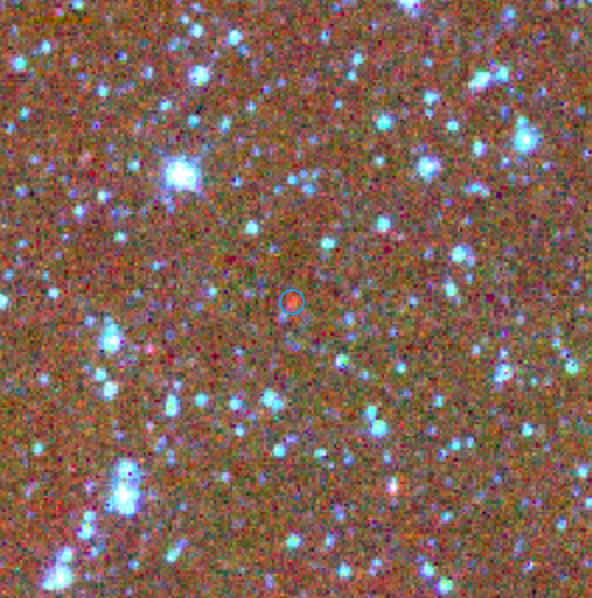
Asteroid 249530 Eugeniescott was named in honor of NCSE's founding executive director Eugenie C. Scott, according to the Minor Planet Circulars for July 12, 2014 (PDF, p. 324). She is described there as "an American physical anthropologist who served as the executive director of the National Center for Science Education for more than 25 years. She improved the teaching of science-based curricula for students throughout the United States."
"It's a surprise, but obviously a delightful one," Scott commented. "I'll never look up at the night sky in quite the same way again!" Amy Mainzer, the principal investigator on the project that discovered the asteroid, explained, "Discovering asteroids is science. Since Eugenie Scott has done so much to help people understand how science works, it seemed only fitting to name one after her! I'm very pleased to honor her contributions to science education in this lasting fashion."
David Morrison, director of the Carl Sagan Center for Study of Life in the Universe at the SETI Institute and a member of NCSE's Advisory Council, expressed his appreciation of Mainzer's decision to honor Scott, saying, "In her lifelong devotion to science education, Genie has encouraged innumerable students to become scientists and engineers. It is great that her contributions are recognized by assigning her name to an asteroid."
Phil Plait, the astronomer and science popularizer known as "The Bad Astronomer," added, "I'm very pleased that Genie Scott now has her name immortalized in the asteroid belt. She is more to me than a friend; her work defending and promoting science has made her one of my heroes. I can't think of anyone else more deserving of this honor." (Plait suggested the idea of honoring Scott to Mainzer, but he credits the idea itself to Bob Blaskiewicz.)
Mainzer provided the following information about the discovery of Asteroid Eugeniescott.
Genie Scott's asteroid was discovered by the near-Earth object hunting portion of the Wide-field Infrared Survey Explorer telescope (WISE), which orbits the Earth and senses asteroids using infrared light. With our infrared telescope, we can sense the heat coming off asteroids as they are warmed by the Sun, which lets us measure size and reflectivity. Asteroid Eugeniescott orbits the Sun in the main asteroid belt between Mars and Jupiter every 5.3 years. It is about 2.9 kilometers across, and its surface is covered with a dark material suggesting that it was formed in the cooler, outer parts of our solar system.
When this object was first discovered by WISE on April 18, 2010, it was given the temporary name 2010 HX14 by the International Astronomical Union's Minor Planet Center, the only international body with the authority to name asteroids. ... When the permanent number is assigned, the discoverer has the right to suggest a name to the International Astronomical Union, which then votes on the proposal. When the asteroid was assigned the permanent designation 249540, I submitted the proposal to name it Eugeniescott to the IAU, since I am the principal investigator of the NEOWISE project that found it.
Mainzer also provided one of the discovery images of the asteroid, seen here; the wavelengths of these images range from 3.4 to 22 microns.
Updated on July 17, 2014, by revising the fourth paragraph to credit Bob Blaskiewicz appropriately.
